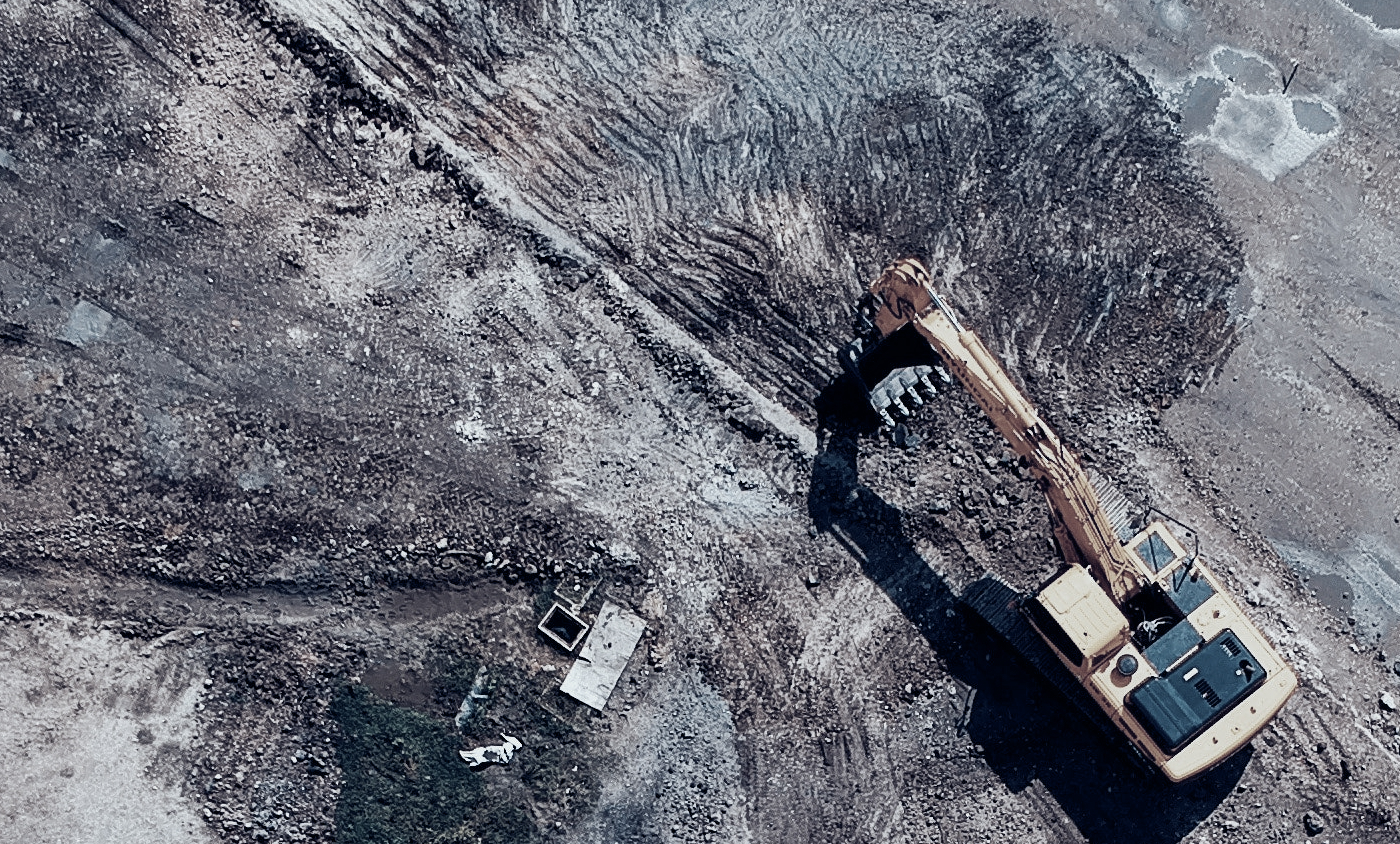Construction Industry Payment and Adjudication Act 2012 (“CIPAA”) is proved to be an effective mode of dispute resolution to ease the cash flow of players in the construction industry. One of the features that enhance its effectiveness in recovering construction payment is the statutory provision for the winning party to request the Adjudicated Amount directly from the principal1.
Section 30 CIPAA 2012
Section 30 CIPAA 2012 provides the procedures in which direct payment from the principal is to be effected. The process starts with the successful Claimant who has not been paid serves a written request for payment of the Adjudicated Amount on the Principal2 pursuant to Section 30(1) CIPAA 2012 (“Notice of Request”). Upon being served with the Notice of Request, the Principal shall then serve a notice to the losing Respondent requesting the latter to show proof of payment and to state that the direct payment would be made after the expiry of ten (10) working days from the service of the notice (“Notice of Response”).
In absence of the proof of payment requested in the Notice of Response, the Principal shall pay the Adjudicated Amount to the successful Claimant and is entitled to deduct it from the account of the losing Respondent3. Of course, qualification has been made that Section 30 shall only be invoked if there is money due or payable by the Principal to the losing Respondent at the time of the receipt of the Notice of Request.4
In absence of Notice of Response, the Principal shall pay the Adjudicated Amount to the successful Claimant
The pertinent question on whether failure to serve the Notice of Response is fatal was answered by the Court in the case of CT Indah Construction Sdn Bhd v BHL Gemilang Sdn Bhd [2018] 1 LNS 380 where the Court held that the phrase “shall” used in Section 30(2) and 30(3) denoting the mandatory nature of these subsections. Hence, in absence of a Notice of Response and/or proof of payment from the losing Respondent, the Principal is obliged to pay the Adjudicated Amount to the successful Claimant.
The same principle was applied by the Court in allowing the application for direct payment in cases such as Murni Environmental Engineering Sdn Bhd v Eminent Ventures Sdn Bhd & Anor [2016] 1 LNS 805, HMN Nadhir Sdn Bhd v Jabatan Kerja Raya Malaysia & Ors [2018] 1 LNS 1938, PC Geotechnic Sdn Bhd v Panzana Enterprise Sdn Bhd [2020] MLJU 2453, IT Max Engineering Sdn Bhd v Propel Synergy Sdn Bhd and another case [2021] MLJU 136, and HSL Ground Engineering Sdn Bhd v Civil Tech Resources Sdn Bhd and another case [2021] 8 MLJ 347.
The Principal Bears the Evidential Burden to show that there is No Money Due or Payable to the Losing Respondent
The issue of burden of proof to show that there is no money due or payable was explained by the Court in the case of Chong Lek Engineering Works Sdn Bhd v PFCE Integrated Plant and Project Sdn Bhd and another case [2020] MLJU 2389. In that case, upon being served with the Notice of Request, the Principal has replied that there is no money due or payable and has refused to furnish the supporting documents subsequently requested by the successful Claimant. In allowing the application for direct payment, the Court has made the following observations: –
- The term “due” and “payable” in Section 30(5) is to be read disjunctively following the use of the word “or” in the said subsection. The second limb “payable” is wider than the first limb “due”. “Payable” has been assigned its dictionary meaning as “of a sum of money or a negotiable instrument) that is to be paid – An amount may be payable without being due. Debts are commonly payable long before they fall due”.
- The Principal bears the evidential burden to prove that there is no money due or payable to the losing Respondent by virtue of Section 106 Evidence Act 19505. Consequently, if the Principal suppresses documents in respect to the facts of whether there is money due or payable, the Court may exercise its discretion to draw an adverse inference under Section 114(g) Evidence Act 19506.
- In regard to the extent of the Principal’s liability under Section 30 CIPAA, the Court held that the word “Adjudicated Amount” means only the Adjudicated Sum, Interest (both before and after Adjudication Decision) and does not include Adjudication Costs.
Besides, following the case of Pembinaan Tuju Setia Sdn Bhd v Perfect Eagle Development Sdn Bhd [2020] MLJU 2039, a successful Claimant may even issue a Writ Summons against the Principal to claim for payment of the Adjudicated Amount and for the issue of money due or payable to be tried by calling of witnesses (as opposed to Originating Summons where the matter is to be ventilated by affidavits evidence). In that case, the Court held that the statutory cause of action is enforceable notwithstanding that there is no contract between the Principal and the successful Claimant, and the fact that the two are separate legal entities in law.
Closing Remarks
The law imposes an onerous burden on the Principal to respond to a Notice of Request and subsequently, to produce the account or other documents in the event such documents are requested or when the matter is brought before the Court. As such, it is incumbent on the construction players to stay vigilant on notices being served on them and to maintain a proper recording of transactions between the parties.
1 Section 30 Construction Industry Payment and Adjudication Act 2012.
2 The term “Principal” is defined in Section 4 of Construction Industry Payment and Adjudication Act 2012 to means “a party who has contracted with and is liable to make payment to another party where that other party has in turn contracted with and is liable to make payment to a further person in a chain of construction contract.
3 Section 30(3) and 30(4) Construction Industry Payment and Adjudication Act 2012.
4 Section 30(5) Construction Industry Payment and Adjudication Act 2012.
5 When any fact is especially within the knowledge of any person, the burden of proving that fact is upon him.
6 The Court may presume that “evidence which could be and is not produced would if produced be unfavourable to the person withholds it”.





